| Zeitschrift Umělec 2002/2 >> Konceptuální očista Jiřího Skály | Übersicht aller Ausgaben | ||||||||||||
|
|||||||||||||
Konceptuální očista Jiřího SkályZeitschrift Umělec 2002/201.02.2002 Tomáš Pospiszyl | rezension | en cs |
|||||||||||||
|
"Jiří Skála, Hygiene, Gallery Display, Prague, 1.5.–16. 5. 2002
At large exhibition surveys, like Documenta or Manifesta, it’s easy to see the tendency of Czech art to focus on traditional forms of painting and sculpture, and to see how much of its content lacks any clear conceptual potency. Paintings are usually a scene portrayed in the form of spatial illusions; objects and installations rely on a surrealistic effect consisting of linking the unlinkable. However a recent exhibition by Jiří Skála, at Gallery Display, managed to look under the skin of traditional artistic disciplines and pack an unusual punch. Skála’s series of “paintings” uses one simple principle. The artist selects various national flags containing vertical or horizontal colored stripes. With a real state flag stretched across the frame as the canvas, the surface is then painted over with the colors of another flag, leaving about ten centimeters from the edges so that the background flag can still be seen. His work is reminiscent of the famous Jasper Jones paintings from the 1950s. He uses the motif of overlapping, so that the interpretation of paintings as two-dimensional surface becomes relative. The stretching frames were hanging on the wall above the viewers’ eye level, simulating the act of looking at a flag, and they were hung like objects, almost like boxes — not something immediately associable with paintings. The result is a precise balancing act between pleasant minimalist objects and a provocative game that trumps state symbols. Complementing the paintings on the walls was a set of plinths installed in a separate room. At first glance we might regard these spatial objects as merely leftovers from some previous exhibition. What surprises us, however, are the subtle dimensional deviations. Only through close observation of the title and the image on the exhibition’s invitation do we realize that what we have here is an untraditional abstraction of a family portrait. Jiří Skála worked out the volume of his family using Archimedes’ Law of Buoyancy — he submerged their bodies in a washtub in the backyard of the family home. He then abstracted the findings into four white blocks, which contain precise mathematical information about specific human bodies. Fulfilling the social dimension of contemporary art, Skála put on a performance outside the gallery in which he made a field of marks for select representatives of the Czech art scene. During the opening everybody went to stand on their mark, where they then had to decode the logic of Skala’s groupings and relationships. All three parts of the exhibition almost function as manifestos of conceptual abstraction in the expressive mediums of painting, objects and social performance. They are quickly understood, perfectly implemented, endowed with a light sense of humor, communicate with each other, and, when taken together, they intensify one another’s individual effect. A pleasant surprise was the exhibition catalogue, which was designed and printed on a hectographic printer ASTRA ES8 by Czech artist and last year’s Jindřich Chalupecký Award winner Tomáš Vaněk (who could foresee that the Czech collection of samizdat literature would be updated with this latest specimen). It will be easy follow up on this example of a successful exhibition, but we hope the young artists will manage it. In the few short months of its existence Gallery Display has managed to fill a gap in the Czech gallery system. An independent exhibition space for the youngest of artists, one that could hold out longer than one or two exhibitions, was sorely needed. It now appears that a new generation of interesting artists in the Czech Republic has emerged. So far these artists have been neglected by the established institutions but Display is helping this generation to define itself and even bring it into an international context. Thanks to the example set by Display, it is easy to see just how conservative, non-conceptual and financially ineffective the legendary exhibition spaces in Prague are. So far Display is running on raw enthusiasm and the personal savings of its founders. However, if they can manage to keep coming up with shows like Jiří Skála’s Hygiene, they deserve to receive much more support than they currently get. "
01.02.2002
Empfohlene Artikel
|
|||||||||||||
|
04.02.2020 10:17
Letošní 50. ročník Art Basel přilákal celkem 93 000 návštěvníků a sběratelů z 80 zemí světa. 290 prémiových galerií představilo umělecká díla od počátku 20. století až po současnost. Hlavní sektor přehlídky, tradičně v prvním patře výstavního prostoru, představil 232 předních galerií z celého světa nabízející umění nejvyšší kvality. Veletrh ukázal vzestupný trend prodeje prostřednictvím galerií jak soukromým sbírkám, tak i institucím. Kromě hlavního veletrhu stály za návštěvu i ty přidružené: Volta, Liste a Photo Basel, k tomu doprovodné programy a výstavy v místních institucích, které kvalitou daleko přesahují hranice města tj. Kunsthalle Basel, Kunstmuseum, Tinguely muzeum nebo Fondation Beyeler.
|







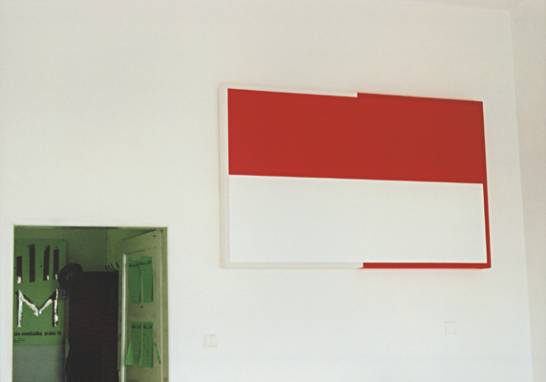














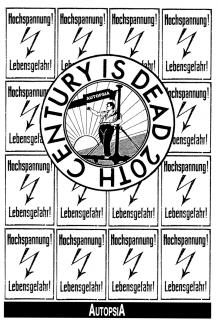




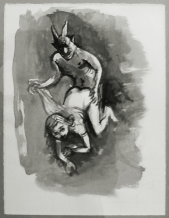
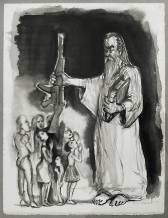
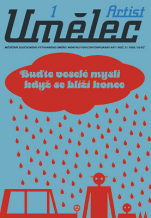
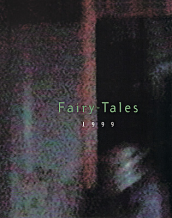


 New book by I.M.Jirous in English at our online bookshop.
New book by I.M.Jirous in English at our online bookshop.
Kommentar
Der Artikel ist bisher nicht kommentiert wordenNeuen Kommentar einfügen